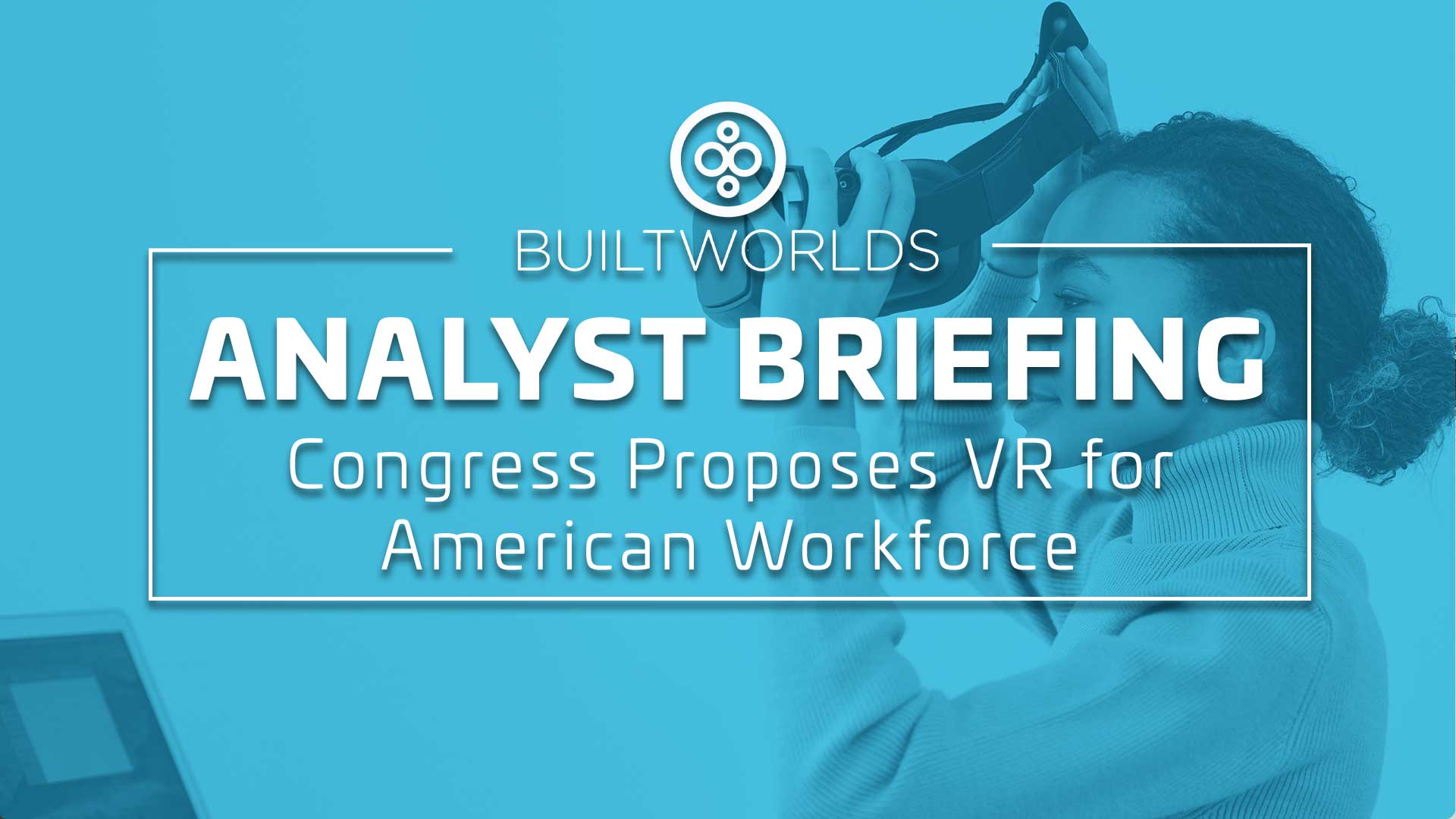
On December 22, 2022, the Education and Labor committee within the House of Representatives introduced the H.R.9674 – Immersive Technology for the American Workforce Act of 2022 which proposed the following:
To amend the Workforce Innovation and Opportunity Act to direct the Secretary of Labor to carry out a competitive grant program to support community colleges and career and technical education centers in developing immersive technology education and training programs for workforce development, and for other purposes.
Source: H.R.9674 – Immersive Technology for the American Workforce Act of 2022
How does immersive technology impact the workforce?
According to the findings proposed by Congress in this bill, rural communities have unique workforce considerations and challenges, such as static or declining populations and job decline. Nearly 25% of Americans live in rural communities, and these areas were hit harder and recovered more slowly than urban centers during the 2007-2008 recession and have experienced more economic depression and decline in college enrollment due to the COVID-19 pandemic. These communities historically have lower rates of postsecondary education, which is a barrier to traditional employment in industries like agriculture and manufacturing. However, it is estimated that over half of all employees currently require “significant” re-skilling or additional training, which is less expensive than replacing an individual employee.
Immersive technologies, such as augmented reality, virtual reality, mixed reality, and high-tech simulations, are increasingly valued as tools to train workers in various industries and are proving effective in helping rural communities tackle these challenges. They allow on-site training and continued education, promote efficiency, aid in recruiting and retention, improve communication and collaboration, and increase safety. Offering grants to community colleges and area career and technical education centers in rural areas to develop and provide immersive technology training programs will help rural communities in the short term and position them for success in the longer term. Providing immersive technology training programs through community colleges can help rural communities retain local talent and complements recent federal funding for broadband connection and physical infrastructure.
What is included in this bill?
Grant awards on a competitive basis, to eligible entities to carry out immersive technology education and workforce training programs or career pathways that use immersive technology within this bill. The duration of an awarded grant is 5 years. However, there are exceptions for grant recipients that have carried out a program or activity that meets the criteria for satisfactory progress on the following performance indicators:
- how the program will target a specific in-demand industry sector or occupation which has a skills gap
- how the program will retrain workers from an industry sector that is experiencing decreasing employment
- how the program will target individuals with barriers to employment
- how the program will serve an area of substantial unemployment
- how the program will serve a rural area(s)
What does this mean for the construction industry?
If passed, this bill could enable colleges, educational institutions and other workforce training programs to fund the utilization of augmented, virtual and mixed reality devices to train their existing and future workforce. The utilization of immersive technologies in construction project delivery has not yet been widely adopted as indicated by the low adoption level of wearables identified in BuiltWorlds 2022 Field Solutions Report. However, this bill could change that.
By reducing the costs of immersive technology utilization for training and education, the construction industry’s adoption of this technology would experience less hurdles than it is now and therefore produce more buy-in from previously uninvolved stakeholders. Skilled laborers, project managers, engineers and designers are most likely to gain immediate value from the effects of this bill by shifting not only how they can learn and continue education, but also by increasing their workforce’s familiarity and comfort in immersive reality. Industry technology adoption experts, researchers and even university professors like Ahmad Hadavi, Clinical Professor at Northwestern University, are optimistic about the impacts of immersive technology in construction.
Increased utilizations of immersive reality technologies could not only enhance the overall speed and retention of learning for the construction industry but it may also further unlock the true power and capabilities of project modeling and simulation through BIM.
What happens next?
Following an introduction of a bill, a formal committee within Congress will decide whether or not to hear the bill to review its strengths and weaknesses to ultimately decide to advance the bill to the house and senate floors. Once both chambers of Congress have each agreed to the bill, it is prepared in its final official form and then presented to the President to sign or veto the bill.
Want to learn more about emerging construction technologies?
Topics like immersive reality and more will be covered at this year’s annual Construction Tech Conference taking place this July in Chicago. To learn more about emerging construction technologies, their functionalities, roadmaps and more, contact research@builtworlds.com.


Discussion
Be the first to leave a comment.
You must be a member of the BuiltWorlds community to join the discussion.